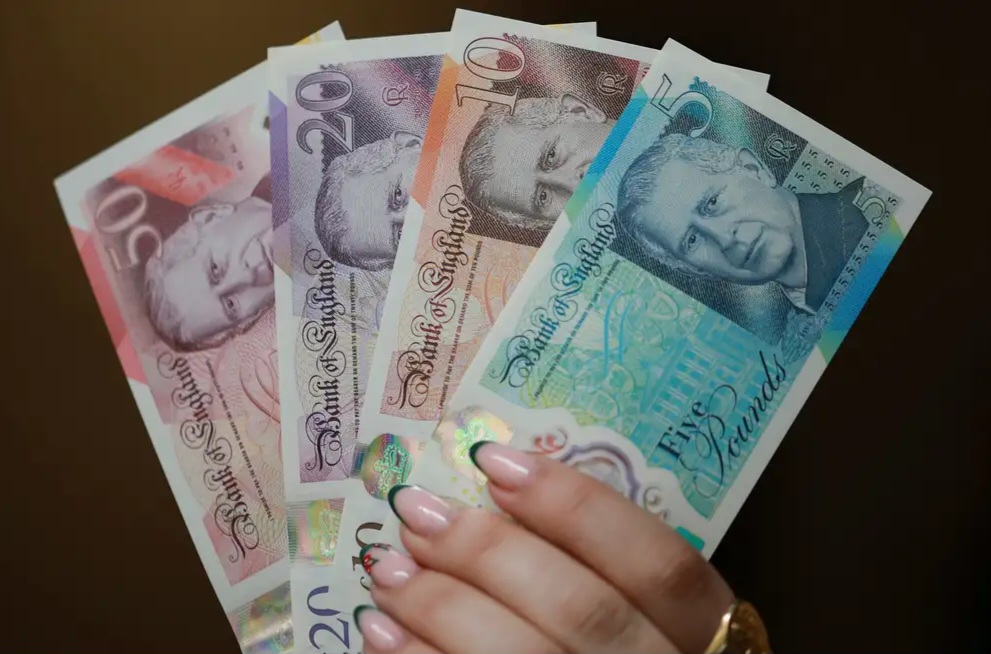London, June 05, 2024, The Europe Today: Britain marked a historic moment on Wednesday as banknotes bearing the portrait of King Charles III entered circulation, nearly two years after his accession to the throne following the passing of Queen Elizabeth II.
The new £5, £10, £20, and £50 bills will feature the image of King Charles, while existing notes with his late mother’s portrait will continue to be in use, in line with guidance from the Royal Household aimed at minimizing environmental and financial impacts.
“This approach is in line with guidance from the Royal Household, to minimize the environmental and financial impact of this change,” stated the Bank of England, emphasizing that the public will gradually witness the transition to the new currency.
The introduction of coins bearing King Charles’ portrait occurred in December 2022, following Queen Elizabeth II’s demise earlier that year. The move marks a significant shift in British currency, as coins in England have traditionally depicted monarchs for over a millennium.
Bank of England Governor Andrew Bailey hailed the occasion as a “historic moment,” highlighting the transition to a new sovereign on the nation’s banknotes while maintaining the existing design.
Despite a decline in cash usage in recent years, with electronic payments becoming increasingly prevalent, the Bank of England remains committed to providing banknotes for as long as they are demanded by the public. Cash usage dropped from over half of shop transactions in 2014 to just 15% by 2021, attributed in part to the COVID-19 pandemic, with cash accounting for approximately 19% of transactions in 2022.
Bailey reiterated the importance of cash for many individuals and reaffirmed the bank’s dedication to meeting public demand for banknotes, underscoring the significance of bringing the new King Charles III notes into circulation as a demonstration of that commitment.
As Britain embraces its new currency featuring King Charles III, the introduction of the new banknotes signals a blend of tradition and modernity, symbolizing a continuation of the nation’s monetary legacy amidst evolving consumer preferences in payment methods.


